























Vue d’exposition
Photo © Tadzio
Vue d’exposition
Photo © Tadzio
Maarten Vanden Eynde & Musasa
Photo © Tadzio
Maarten Vanden Eynde & Musasa
Photo © Tadzio
Vue d’exposition
Photo © Tadzio
Vue d’exposition
Photo © Tadzio
Vue d’exposition
Photo © Tadzio
Vue d’exposition
Photo © Tadzio
Sammy Baloji, Jean Katambayi Mukendi, Daddy Tshikaya
© Tadzio
Sammy Baloji, Jean Katambayi Mukendi, Daddy Tshikaya
© Tadzio
Sammy Baloji
Photo © Tadzio
Sammy Baloji
Photo © Tadzio
Maarten Vanden Eynde & Musasa
Photo © Tadzio
Maarten Vanden Eynde & Musasa
Photo © Tadzio
Maarten Vanden Eynde & Musasa
Photo © Tadzio
Maarten Vanden Eynde & Musasa
Photo © Tadzio
Maarten Vanden Eynde & Musasa
Photo © Tadzio
Maarten Vanden Eynde & Musasa
Photo © Tadzio
Vue d’exposition
Photo © Tadzio
Vue d’exposition
Photo © Tadzio
Vue d’exposition
Photo © Tadzio
Vue d’exposition
Photo © Tadzio
Vue d’exposition
Photo © Tadzio
Vue d’exposition
Photo © Tadzio
Jean Katambayi Mukendi
Photo © Tadzio
Jean Katambayi Mukendi
Photo © Tadzio
Vue d’exposition
Photo © Tadzio
Vue d’exposition
Photo © Tadzio
Vue d’exposition
Photo © Tadzio
Vue d’exposition
Photo © Tadzio
Sammy Baloji
Photo © Tadzio
Sammy Baloji
Photo © Tadzio
Maarten Van den Eynde
Photo © Tadzio
Maarten Van den Eynde
Photo © Tadzio
Vue d’exposition
Photo © Tadzio
Vue d’exposition
Photo © Tadzio
Vue d’exposition
Photo © Tadzio
Vue d’exposition
Photo © Tadzio
Sammy Baloji, Jean Katambayi Mukendi, Daddy Tshikaya
© Tadzio
Sammy Baloji, Jean Katambayi Mukendi, Daddy Tshikaya
© Tadzio
Vue d’exposition
Photo © Tadzio
Vue d’exposition
Photo © Tadzio
Vue d’exposition
Photo © Tadzio
Vue d’exposition
Photo © Tadzio
Jean Katambayi Mukendi
Photo © Tadzio
Jean Katambayi Mukendi
Photo © Tadzio
Vue d’exposition
Photo © Tadzio
Vue d’exposition
Photo © Tadzio
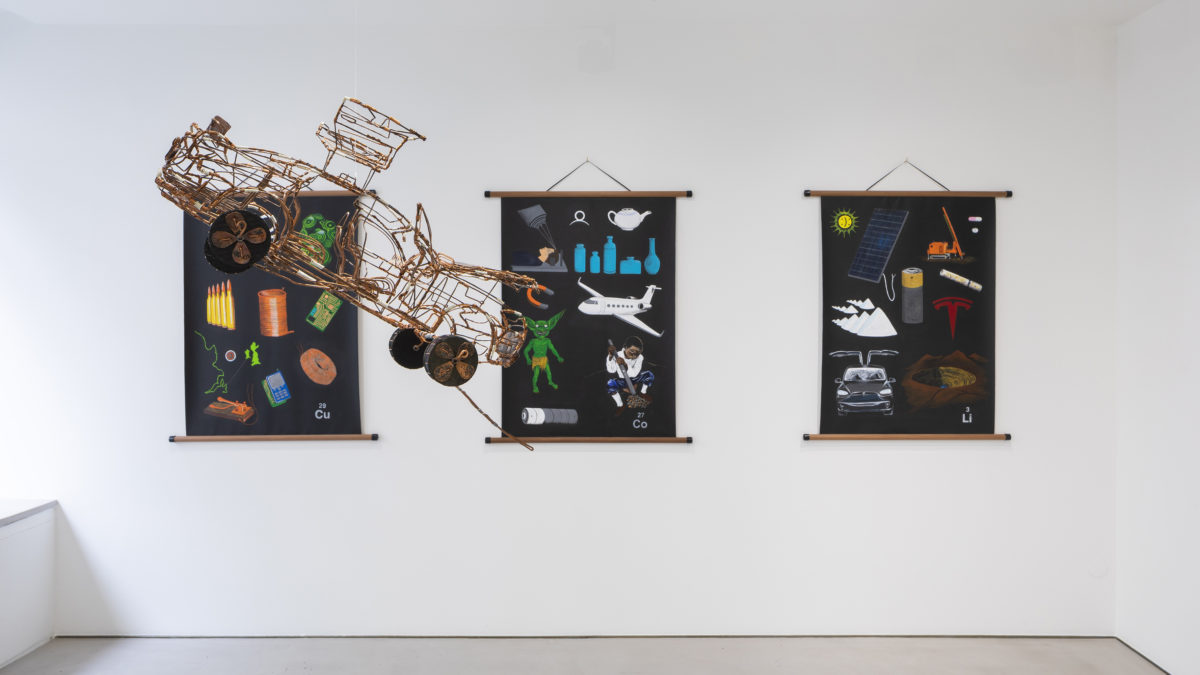
Vue d’exposition
Photo © Tadzio
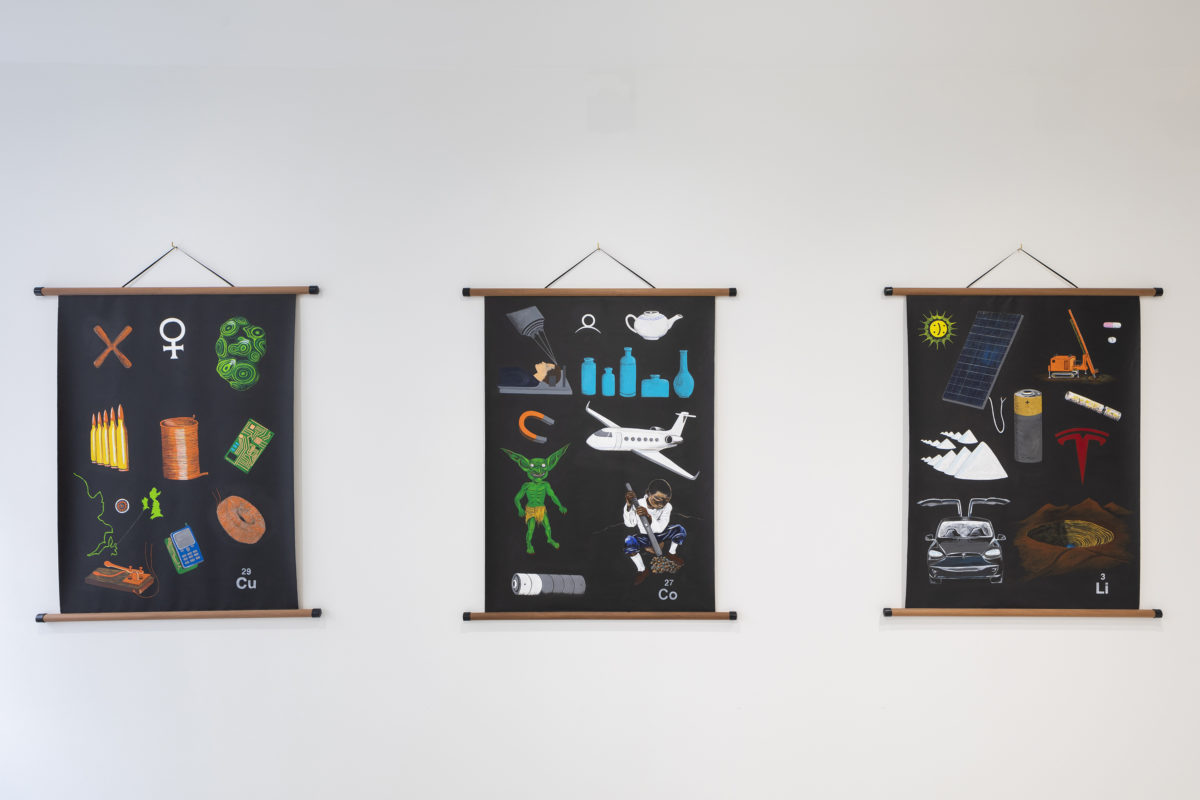
Maarten Vanden Eynde & Musasa
Photo © Tadzio
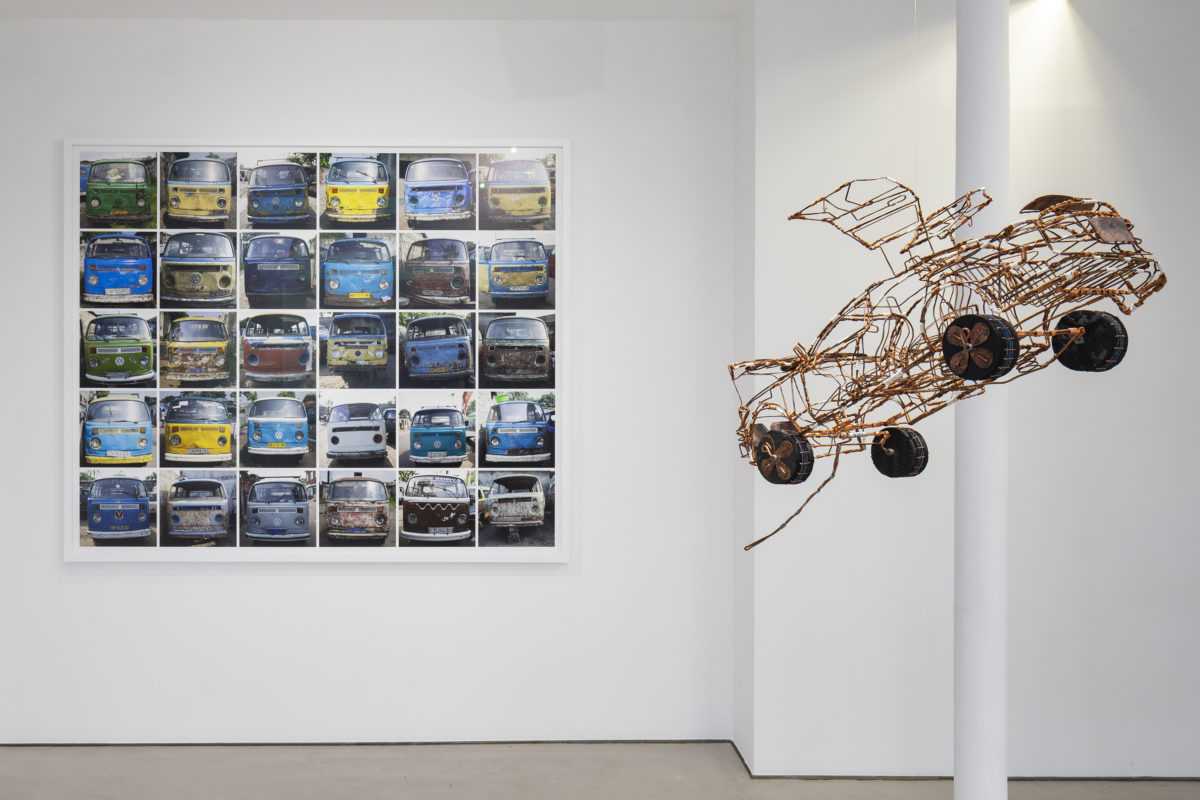
Vue d’exposition
Photo © Tadzio
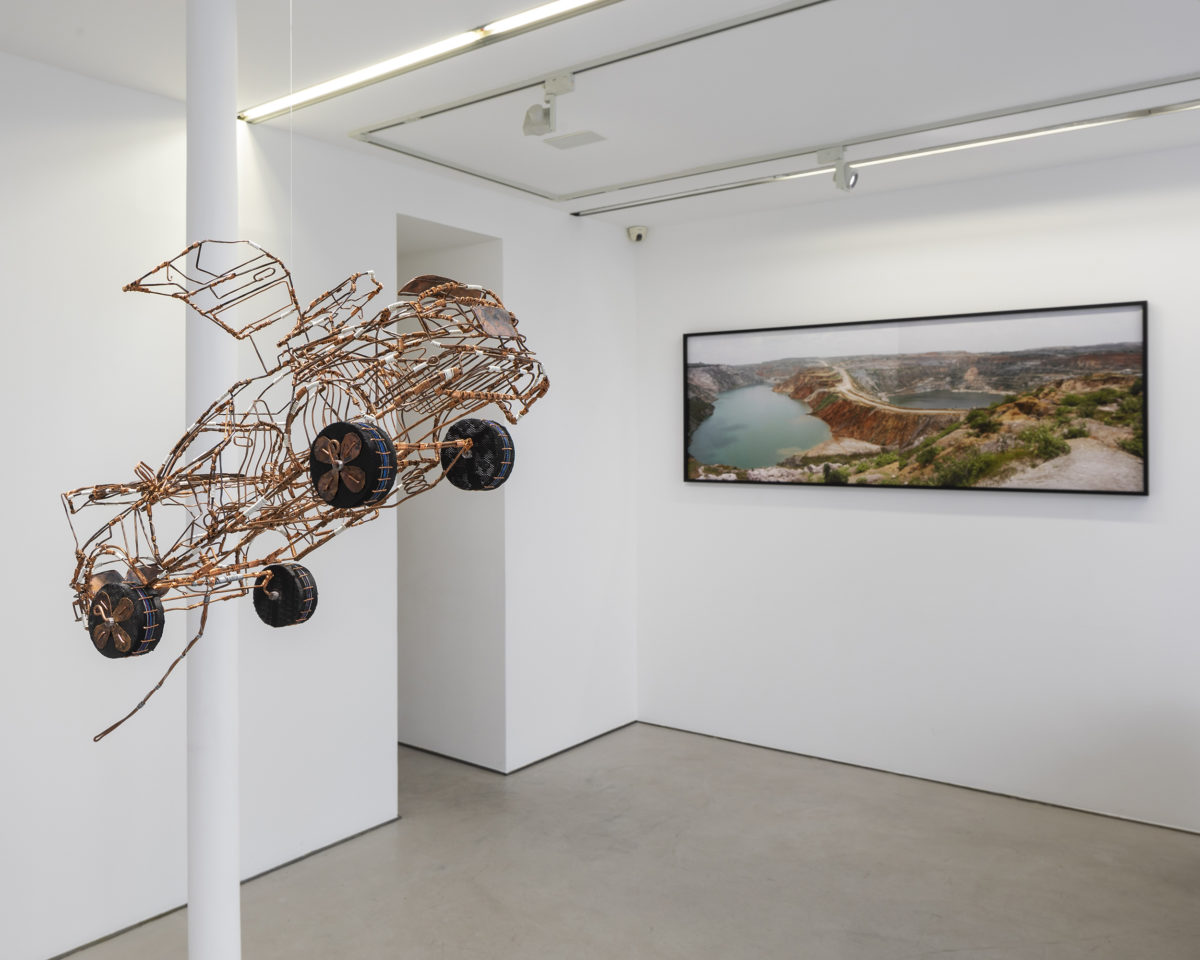
Vue d’exposition
Photo © Tadzio
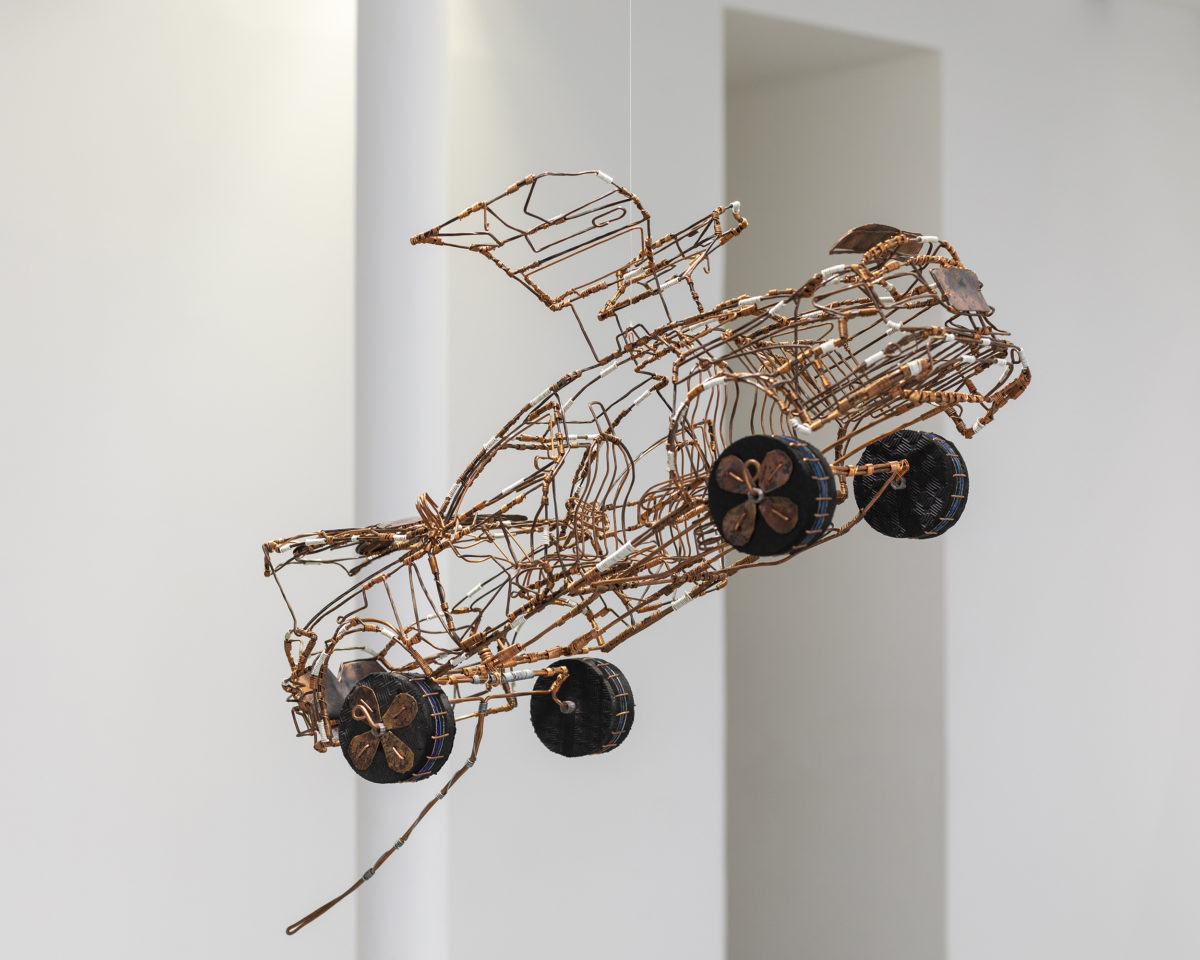
Sammy Baloji, Jean Katambayi Mukendi, Daddy Tshikaya
© Tadzio
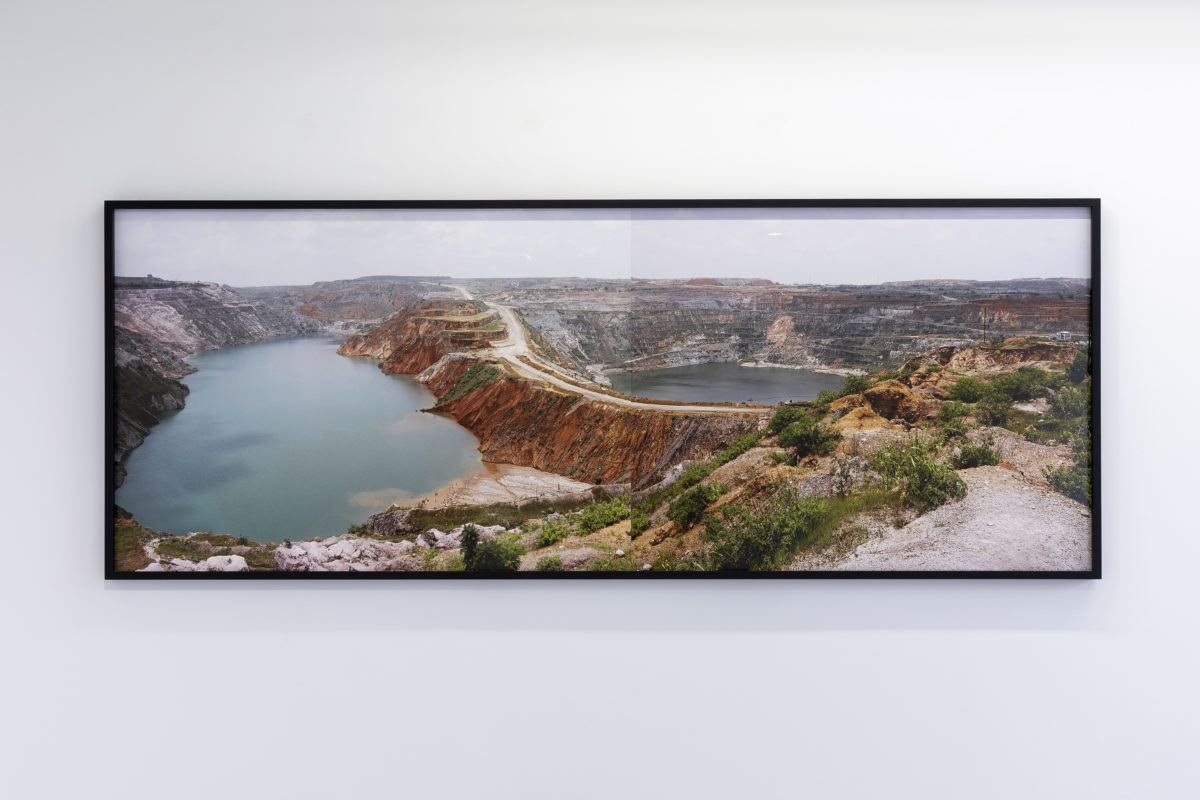
Sammy Baloji
Photo © Tadzio

Maarten Vanden Eynde & Musasa
Photo © Tadzio
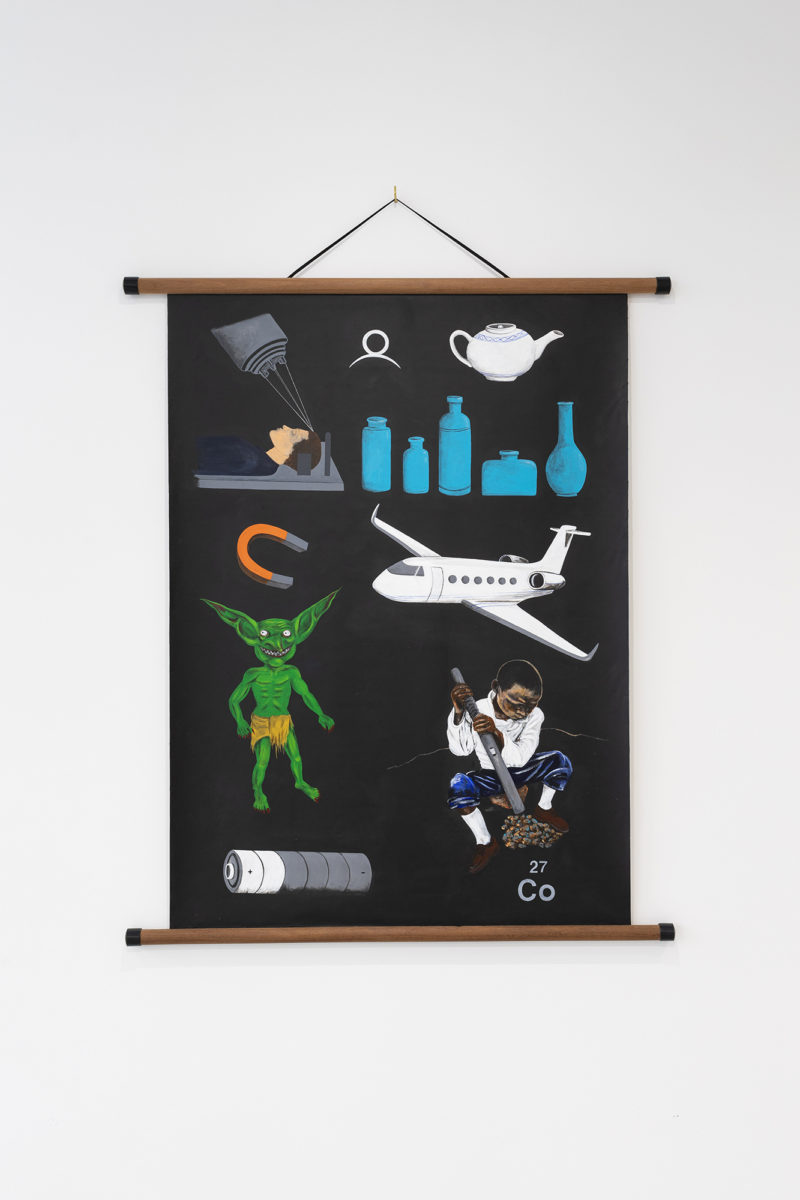
Maarten Vanden Eynde & Musasa
Photo © Tadzio
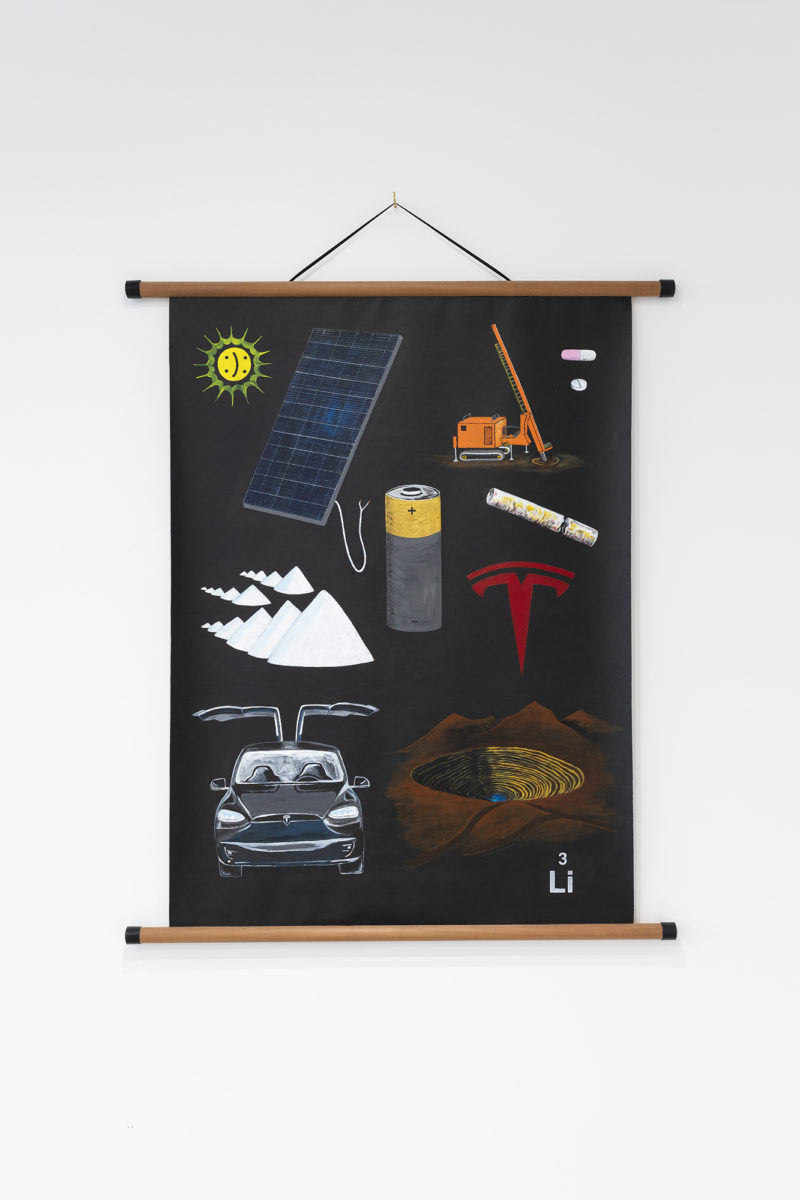
Maarten Vanden Eynde & Musasa
Photo © Tadzio
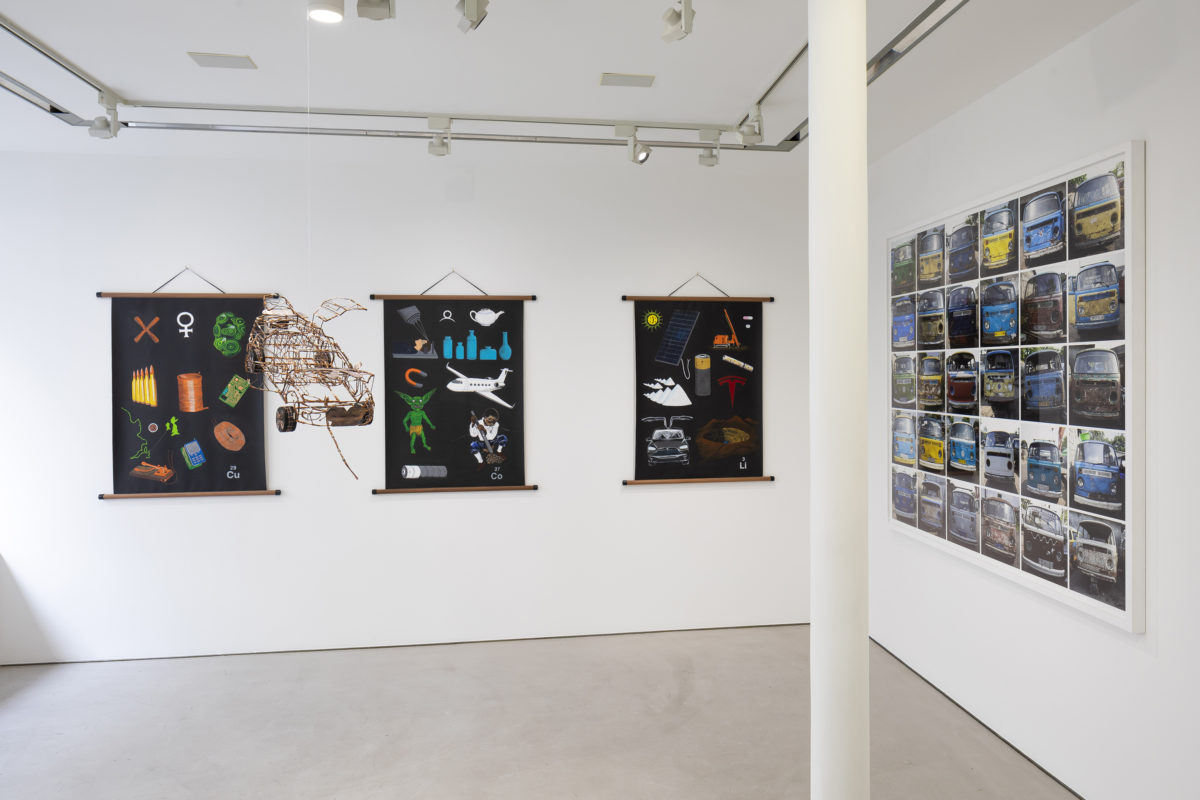
Vue d’exposition
Photo © Tadzio
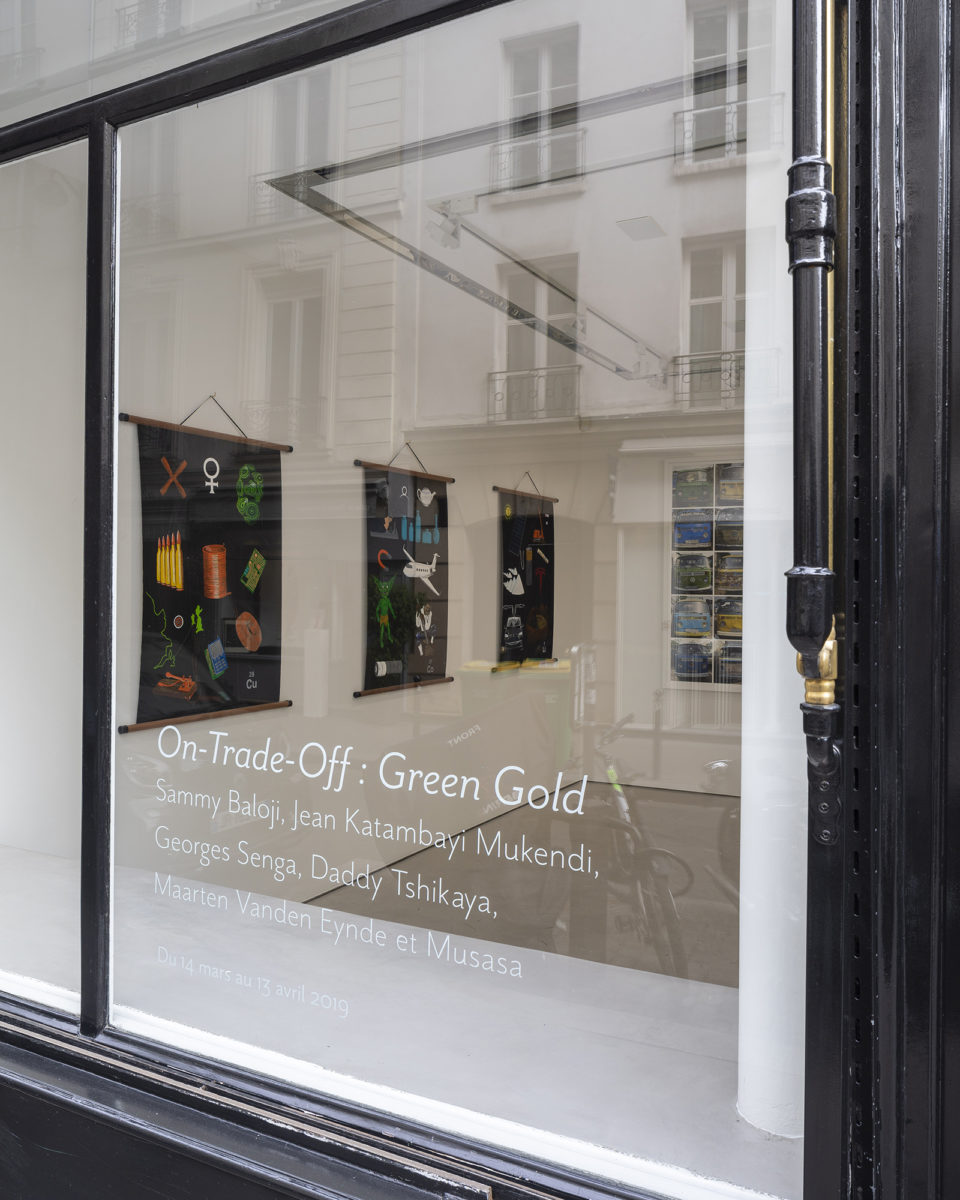
Vue d’exposition
Photo © Tadzio
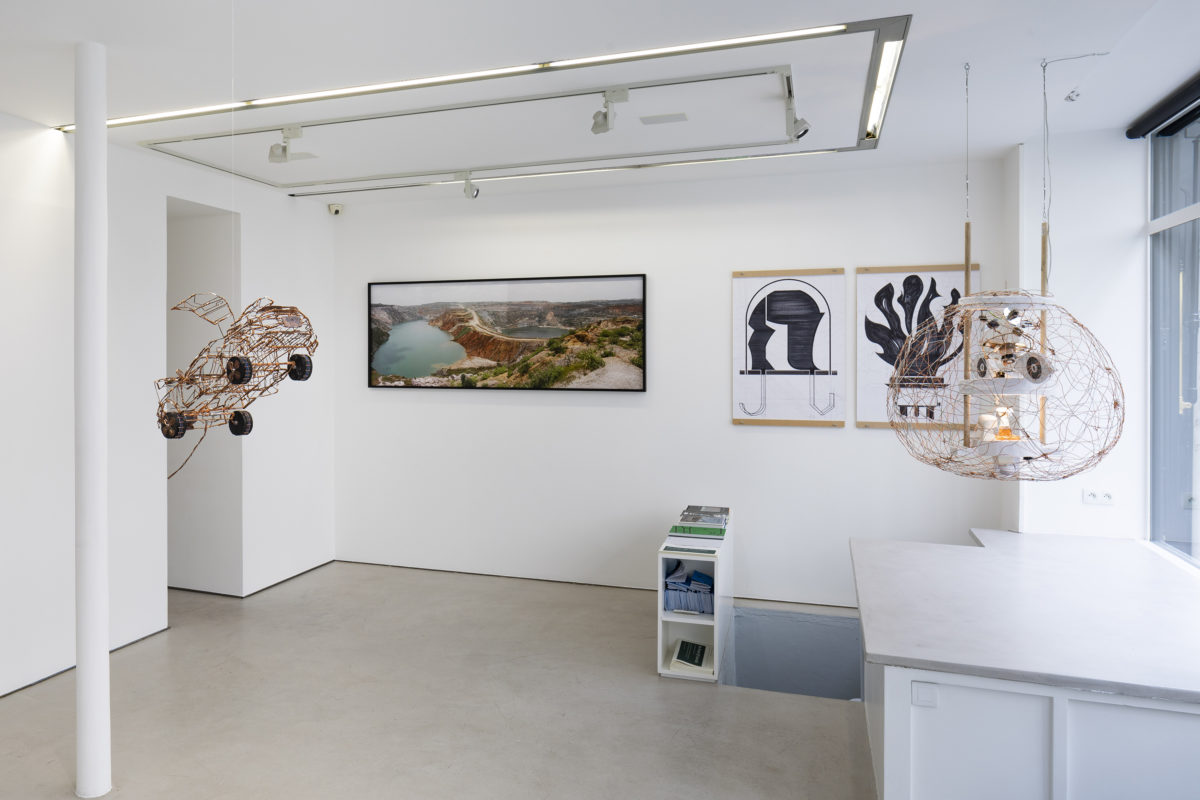
Vue d’exposition
Photo © Tadzio
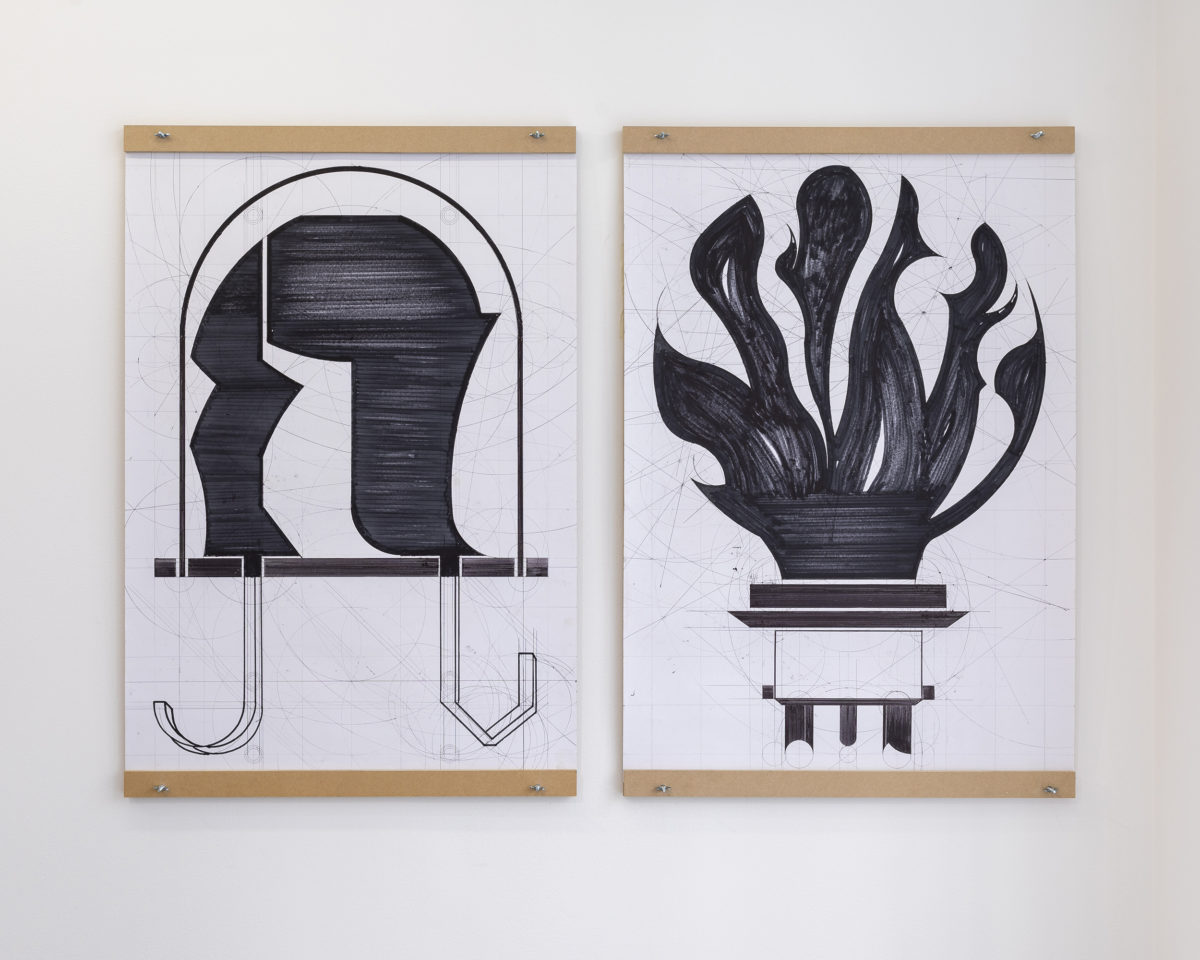
Jean Katambayi Mukendi
Photo © Tadzio
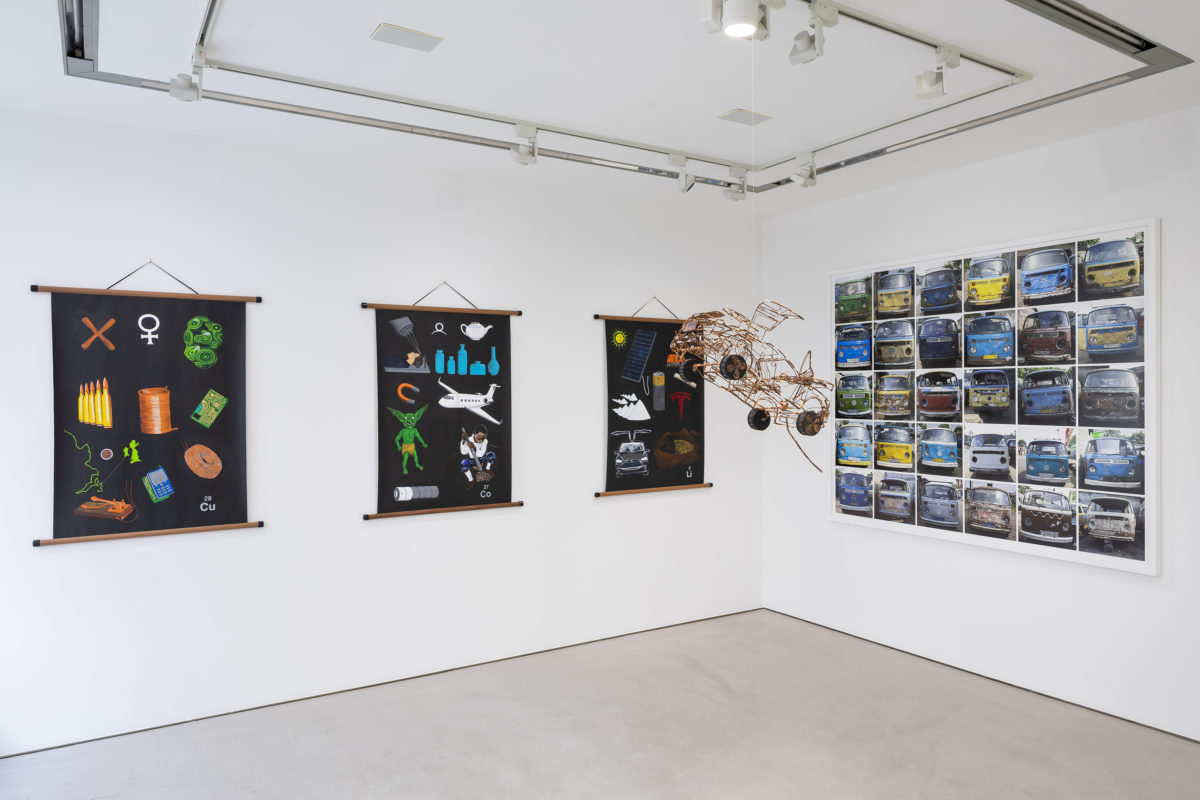
Vue d’exposition
Photo © Tadzio
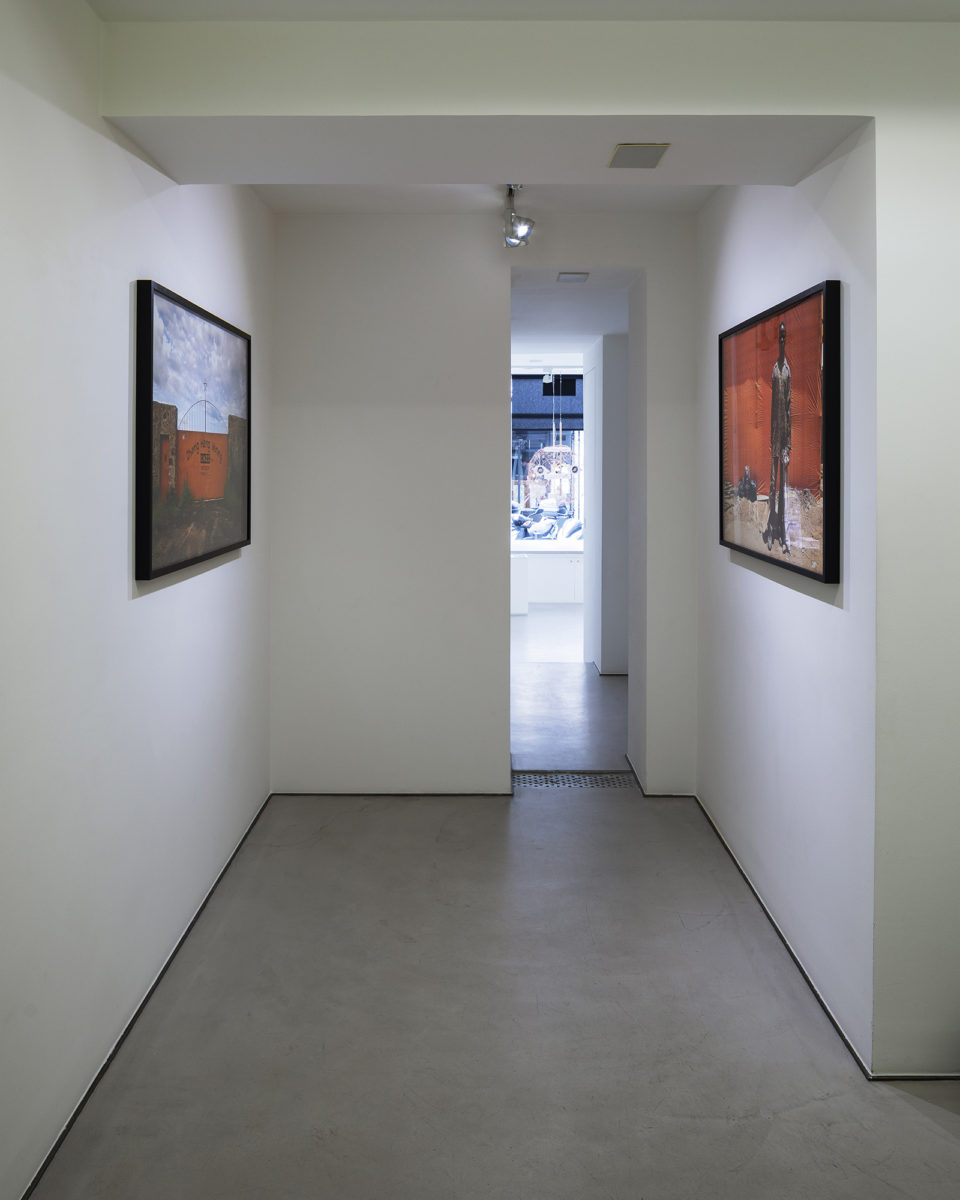
Vue d’exposition
Photo © Tadzio
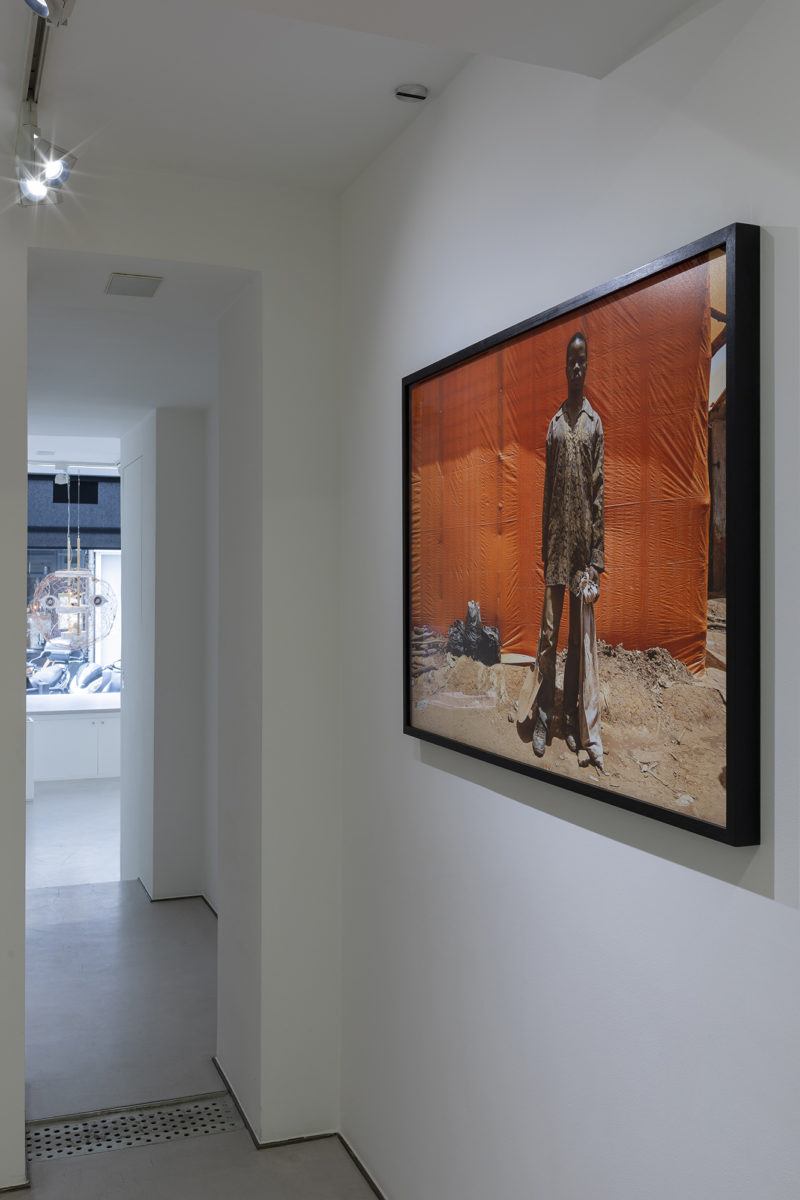
Sammy Baloji
Photo © Tadzio
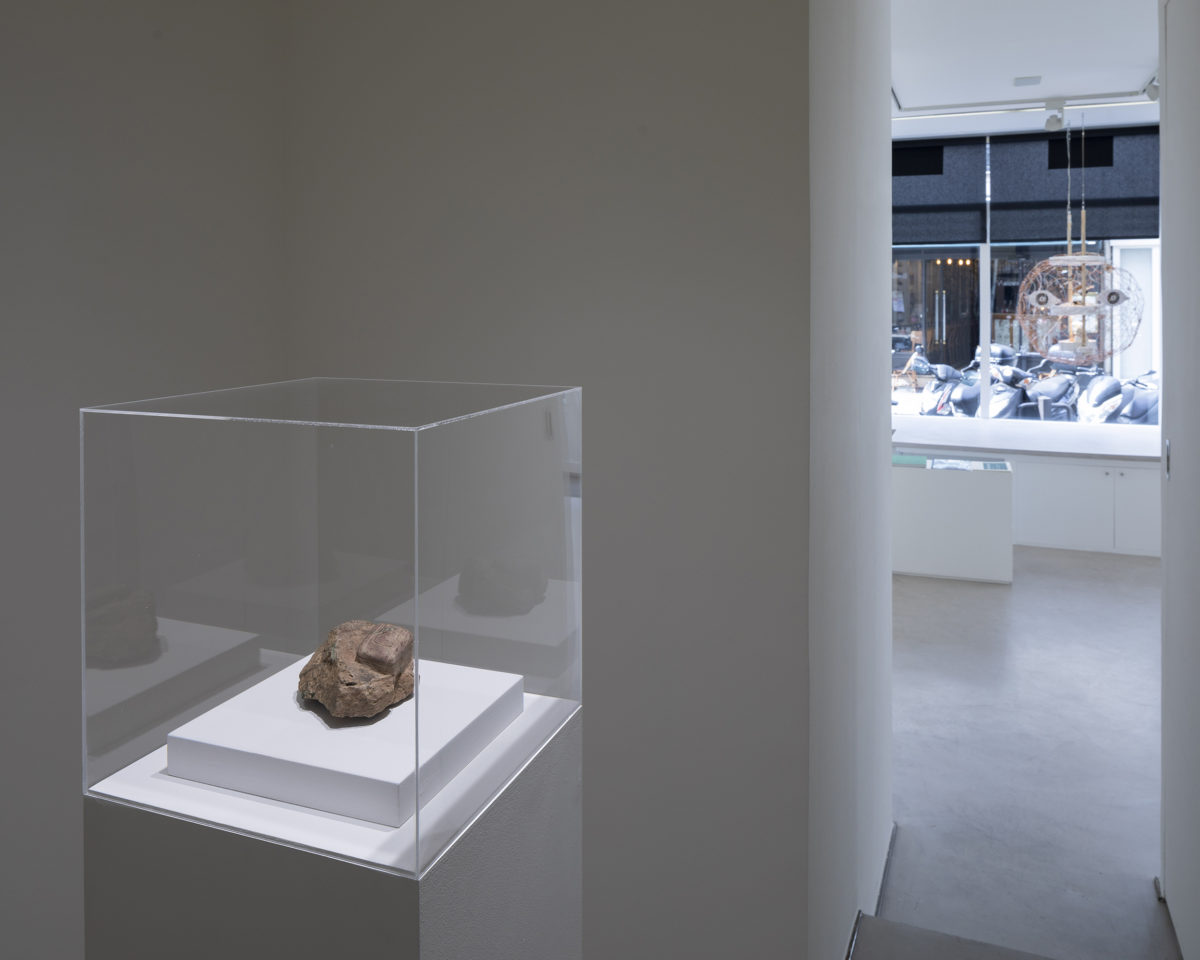
Maarten Van den Eynde
Photo © Tadzio
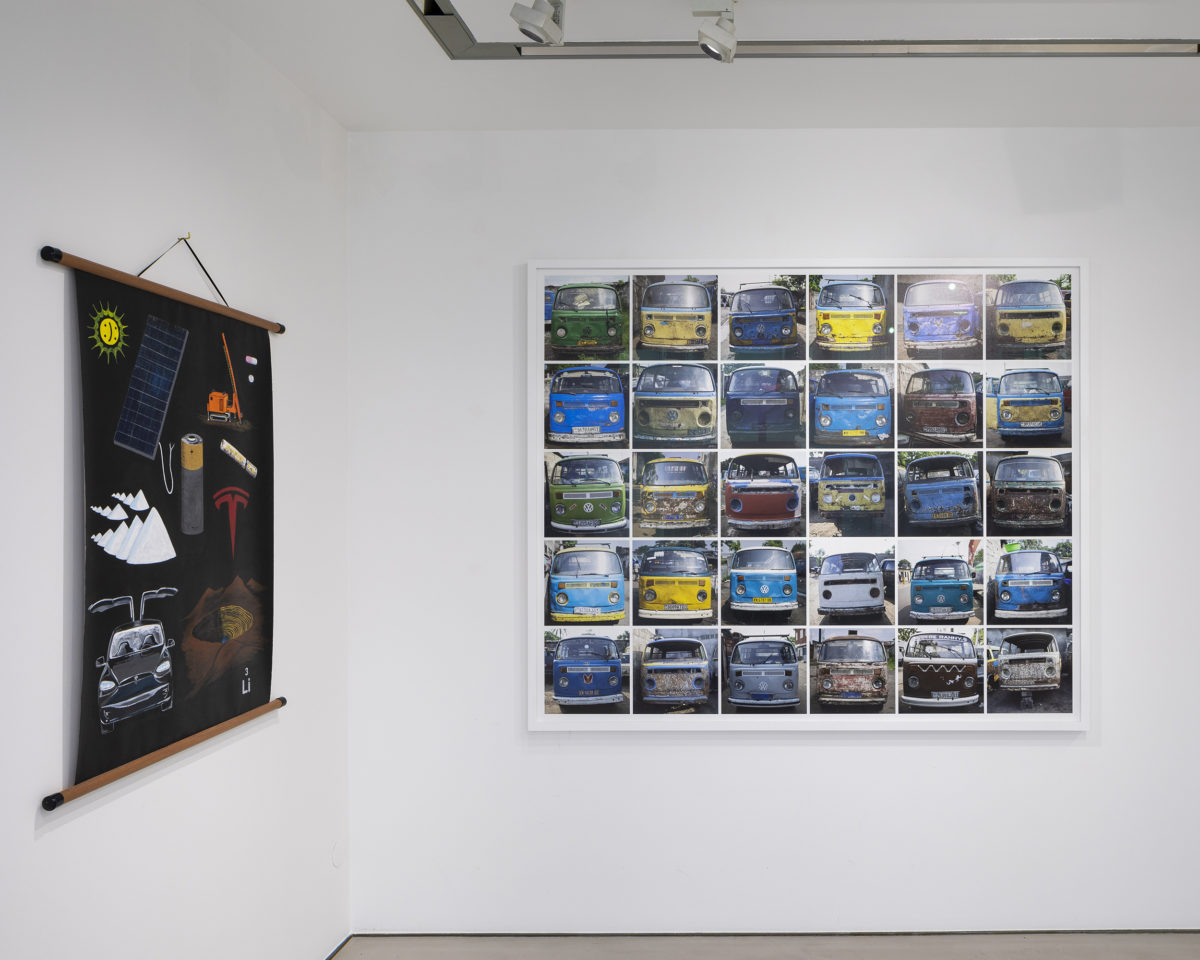
Vue d’exposition
Photo © Tadzio
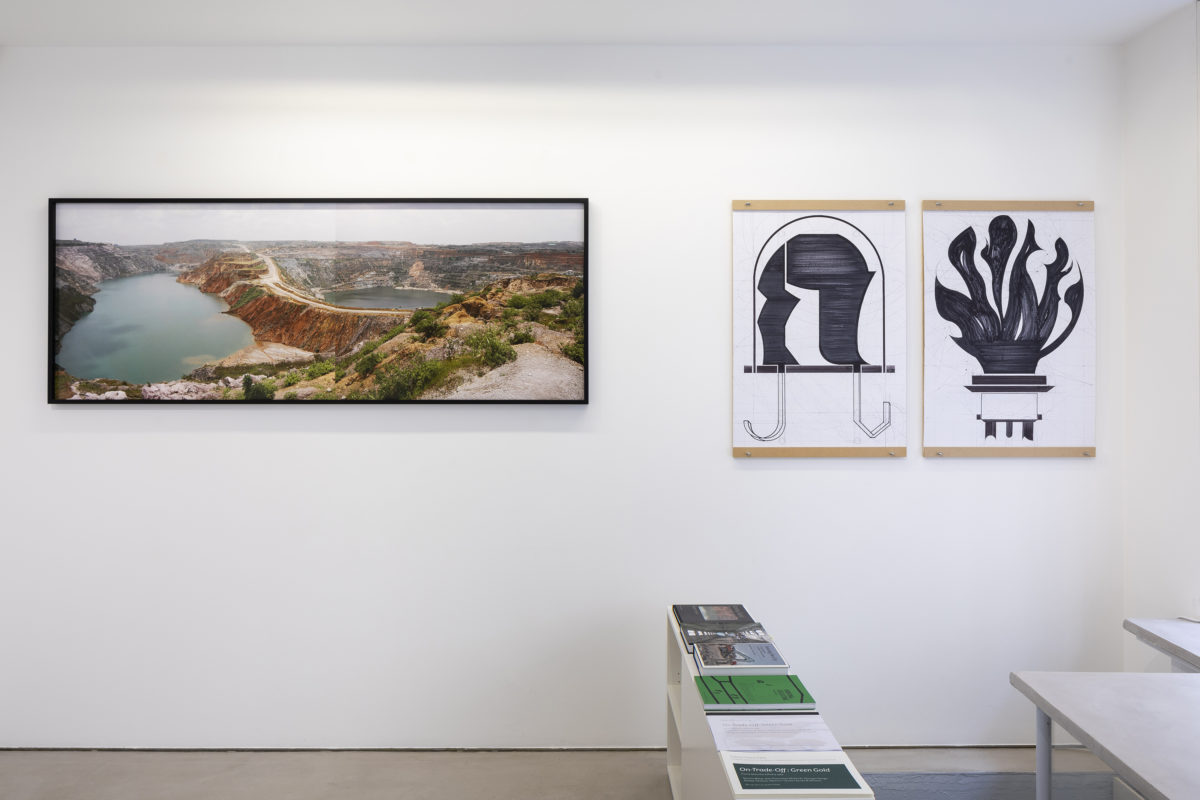
Vue d’exposition
Photo © Tadzio
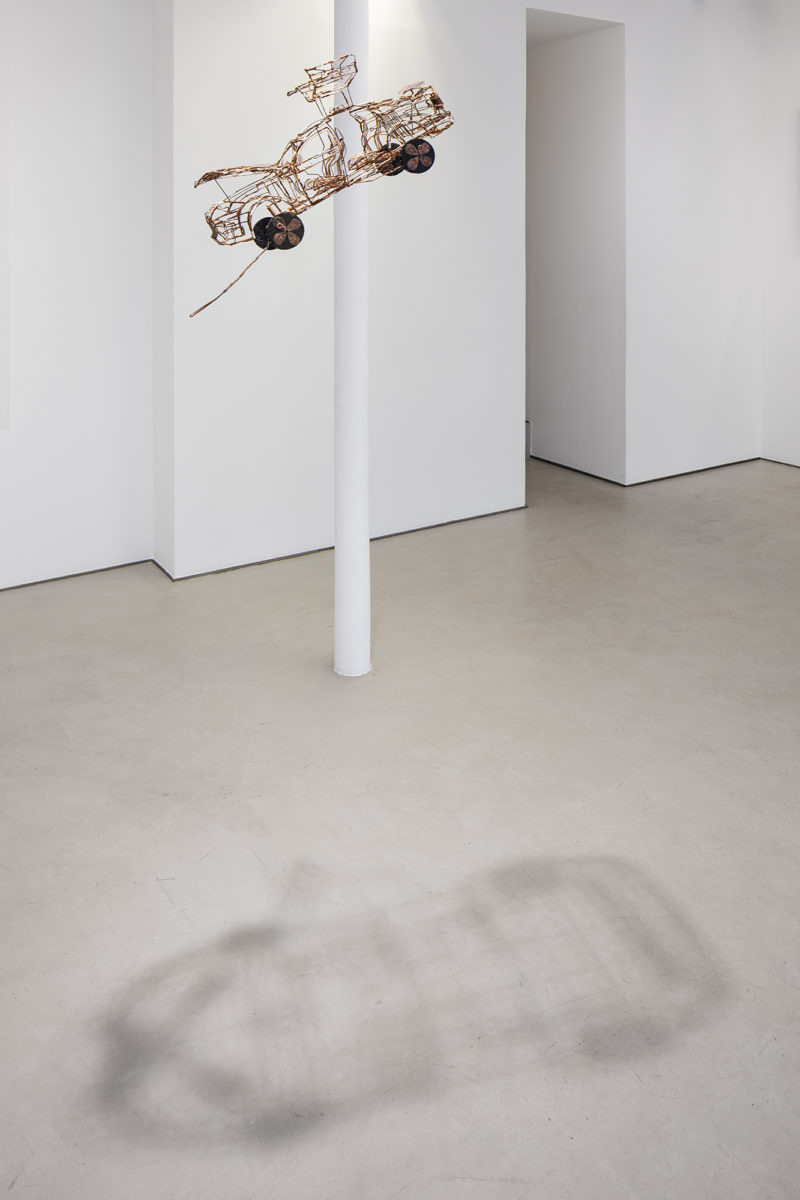
Sammy Baloji, Jean Katambayi Mukendi, Daddy Tshikaya
© Tadzio
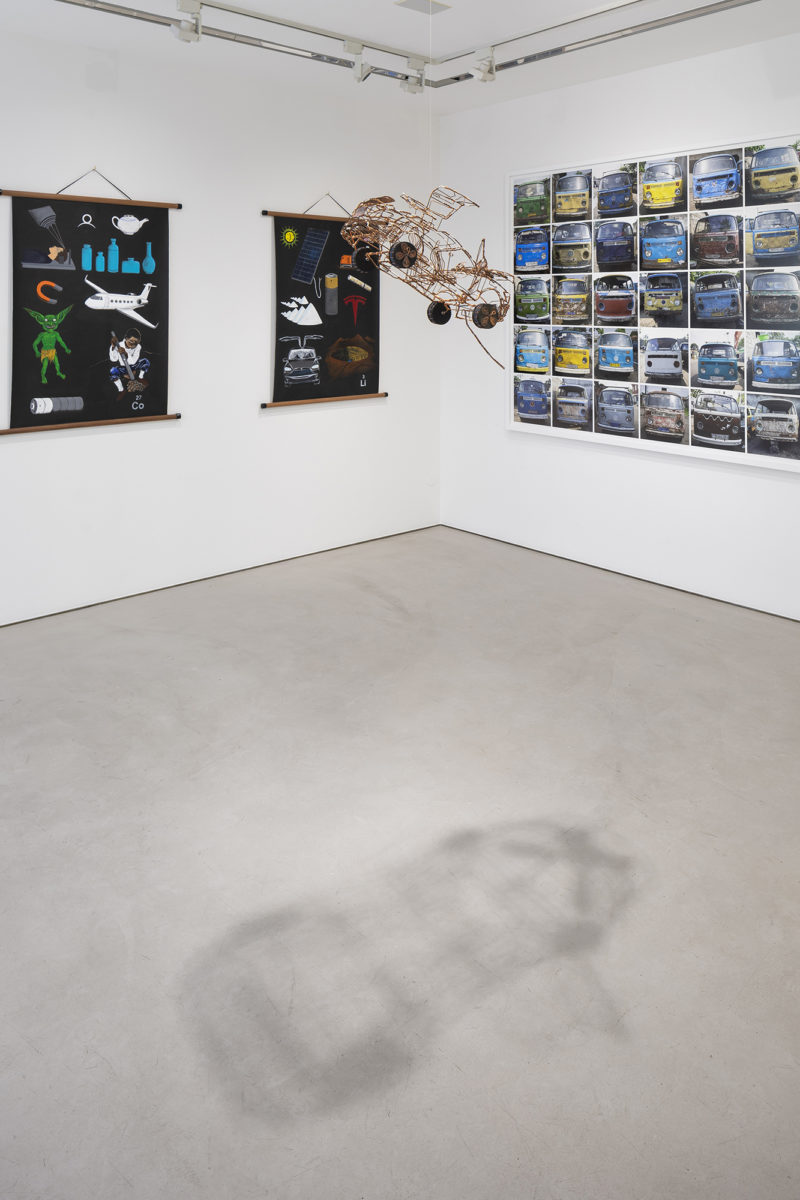
Vue d’exposition
Photo © Tadzio
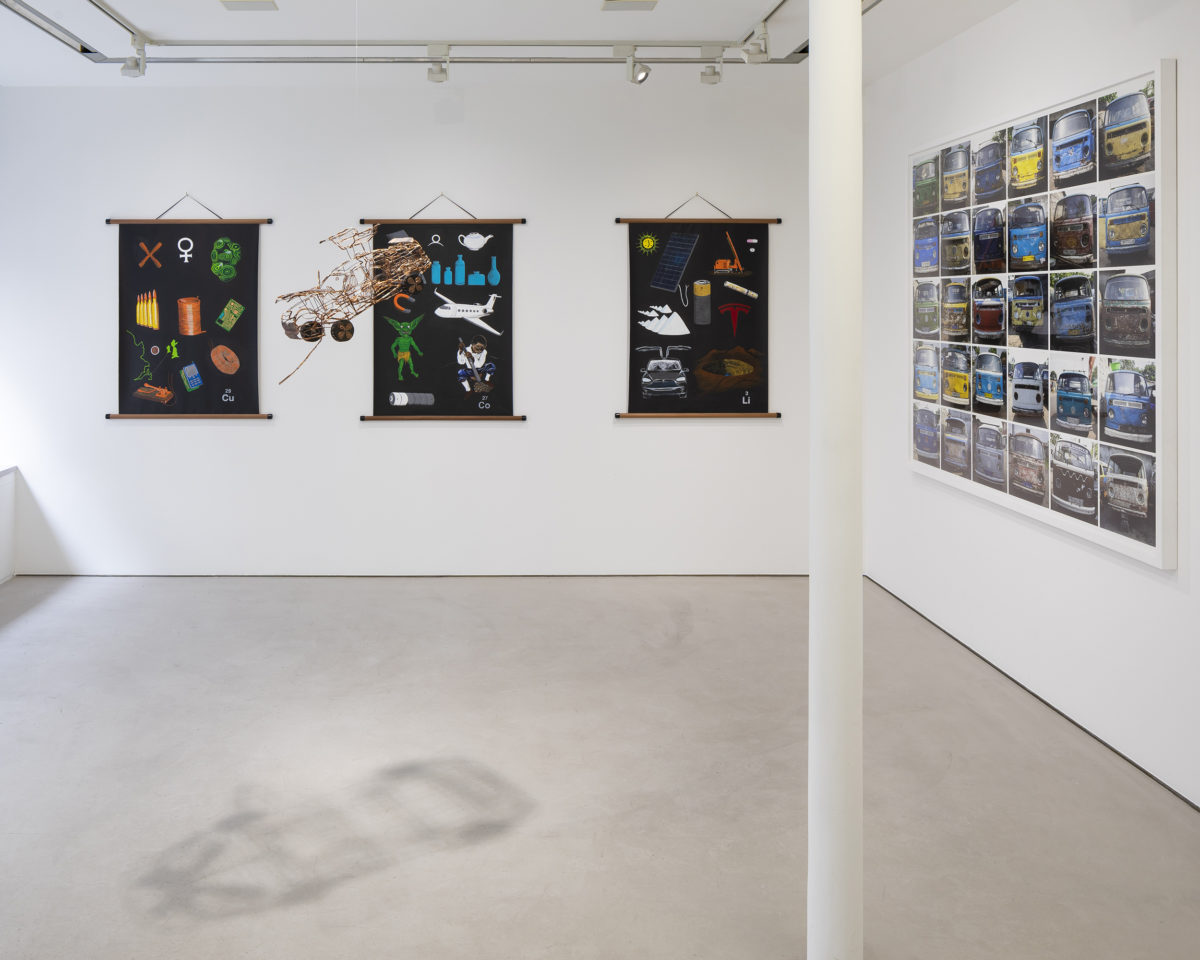
Vue d’exposition
Photo © Tadzio
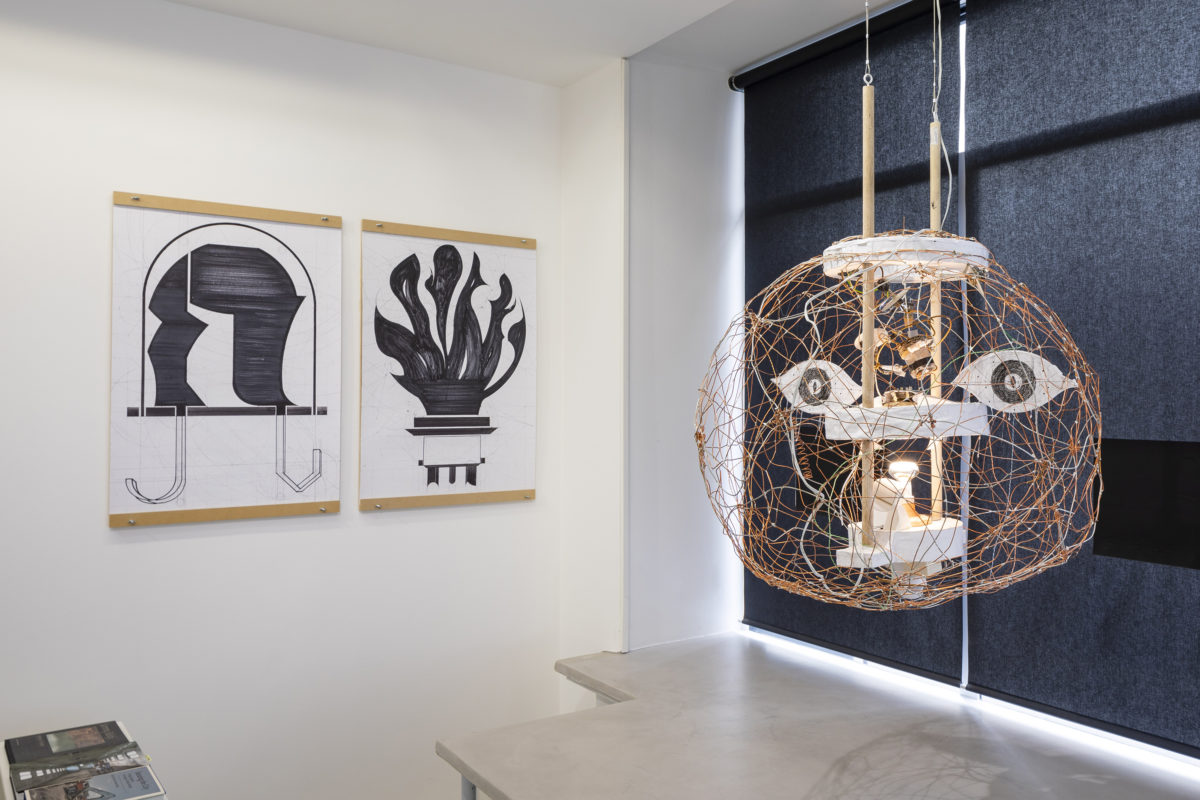
Jean Katambayi Mukendi
Photo © Tadzio

Vue d’exposition
Photo © Tadzio
The On-Trade-Off project
The collective project On Trade Off is conceived as a transdisciplinary knowledge platform. Each participant approaches this project according to their own tools and media of choice. The culmination is a collaborative source that aims to promote a more sustainable and supportive method of artistic production. In order to develop this holistic vision, On-Trade-Off encourages the participation of actors from various fields (filmmakers, artists, thinkers, activists, non-governmental organizations, local communities, etc.). On-Trade-Off brings together Sammy Baloji, Jean-Pierre Bekolo, Alexis Destoop, Marjolijn Dijkman, Gulda El Magambo, Femke Herregraven, Jean Katambayi Mukendi, Frank Mukunday & Tshibangu Treasure, Rosa Spaliviero, Georges Senga, Daddy Tshikaya, Maarten Vanden Eynde and Musasa
Over the next few years, On-Trade-Off will develop to be presented in a variety of formats and contexts. The first exhibitions took place between 10 and 12 January 2019 as part of the 9th Contour Biennale in Mechelen, Belgium, curated by Nataša Petrešin-Bachelez. The next two episodes of the project will also be on display at the Contour Biennale in May, then in October 2019. Before that, the Galerie Imane Farès is pleased to host the second part of the project with the exhibition On-Trade-Off: Green Gold. A conversation with several members of On-Trade-Off will take place on Saturday, March 30 at the Colonie, from 3pm to 6pm.
The On-Trade-Off: Green Gold exhibition
The exhibition On-Trade-Off: Green Gold brings together the works of six artists from this collective: Sammy Baloji, Jean Katambayi Mukendi, Georges Senga, Daddy Tshikaya, Maarten Vanden Eynde and Musasa. It revolves around the extraction of mineral resources from the Democratic Republic of Congo (DRC), revealing the problematic undersides to this industrial system.
The ironic title of this event refers to several works exhibited that take as a starting point the production system of lithium – the third chemical element of the periodic table of elements. Dubbed “green gold”, lithium is both a fundamental resource for ecological transition, but also an element at the heart of a virulent industrial and economic circuit. Enabling the mass production of lithium-ion batteries used for smartphones or cars, lithium becomes a commodity, a currency. The “new black gold” is then turned into money, effectively becoming a “green gold”.
Extraction, evaporation, purification, calcination. Emblematic of the Anthropocene1 as evidenced by their devastating effects on the planet, these complex processes are unveiled in the works on display. Through mediums as varied as painting, sculpture, photography or technical drawing, the six artists dissect the multiple stages of the production of lithium and copper and trace their origins to the DRC. Oscillating between scientific, documentary and even caricatural aesthetics, the artworks are gathered in an organic logic.
Maarten Vanden Eynde (1977, Belgium) and Musasa’s (DRC) painting series Material Matters (Li3, Co27, Cu29) (2018-2019) are reminiscent of old school paintings used at the beginning of the last century. Saturated with pictograms and symbols, these paintings borrow the mechanisms of the rebus, thus summarizing with immediacy the long and complex path that these elements undergo. A raw material, lithium is also the primary resource for the production of so-called sustainable energy: it is therefore at the center of economic and geographical but also energetic flows. The six artists appropriate the conductor of these flows – in this case the copper cable – to produce the collective work Tesla Crash, the show’s centerpiece. Often hidden, the cable here is visible. It is the constituent element of this miniature car, suspended in space.
The weaving of the copper wire emphasizes the physical dimension of the production circuits. Created by Sammy Baloji (1978, DRC), Jean Katambayi Mukendi (1974, DRC) and Daddy Tshikaya (1986, DRC), Tesla Crashis made entirely of recycled copper. This simple diversion turns this car, usually powered by lithium-ion batteries, into an ironic simulacrum of the famous Tesla Model X. An improved version of the latter, Tesla Crashquestions a perilous social and ecological reality. This typically Congolese weaving technique is also found in Jean Katambayi Mukendi’s Sphere (2016). Copper wires intertwine here to materialize the Afrolampes (2016), singular objects that Katambayi Mukendi depicted in precise lines made with pen and marker. In these technical drawings, a futuristic graphic counters the scientific aspect, thus recalling with humor, that everyday life in the global south is often punctuated by power cuts.
On-Trade-Off: Green Gold unravels according to a concrete link with the social reality of the DRC – and more generally of the planet. As the motherland of lithium, copper and cobalt, the DRC is an ambiguous country where natural wealth is confronted with social poverty. As evidenced by Georges Senga’s image (1983, DRC), inhabited not by the Tesla Model X, but rather by the carcasses of old Volkswagen vans– a multinational that has made agreements with China to extract lithium in the DRC.
Sammy Baloji’s photography, Zhong Hang Mining (2011) joins Senga’s work by showing the gates to a Chinese company in Kolwezi, a city coveted by multinational mining companies. Indeed, these industrial circuits are closely linked to an economic production chain, the violence of which is global, as demonstrated by Baloji’s Kolweziphotographic series. Human exploitation of a relocated workforce, ignorance of consumers, and a gap between production costs and market prices … are all vague reminiscences of the triangular trade of the sixteenth century. Emanating from an awareness of this violent cycle, a portrait of a digger (Portrait # 17: Cité de Kawama from the Kolwezi series) also reveals a “Capitalocene”2 at work.
This macroscopic view of the mineral resource extraction circuit is contrary to Vanden Eynde’s approach in his artwork, Technofossils (2015). Carved malachite (hydrated copper carbonate cluster) here reveals the outline of a Samsung E570, an upcoming fossil from the Anthropocene. Matter (copper, cobalt or lithium) reveals the purpose of its own transformation into a commodity thus bringing us back to a “molecular level of reality” in the words of Nicolas Bourriaud.
A true reflection on the (mass) molar political struggles, On-Trade-Off: Green Gold however does not abandon the molecular struggles (Félix Guattari, The molecular revolution) that saturate our global reality. A fragment of the ambitious project that is On-Trade-Off, this exhibition gives an overview of the scalable and collaborative dimension of this platform.
— Line Ajan, February 2019
General project management: Katrien Reist and Julia Reist
Picha project team: Rosa Spaliviero, Sammy Baloji and Gabriele Salmi
Enough Room for Space project team: Maarten Vanden Eynde and Marjolijn Dijkman
Film Curator: Rosa Spaliviero
1. The Anthropocene is a term that refers to the current geological era, characterized by an increased effects of human activities on the earth. In this sense, men become geological agents.
2. “Capitalocene” is a neologism coined by Andreas Malm, geographer and author of The Anthropocene Against History (2017)